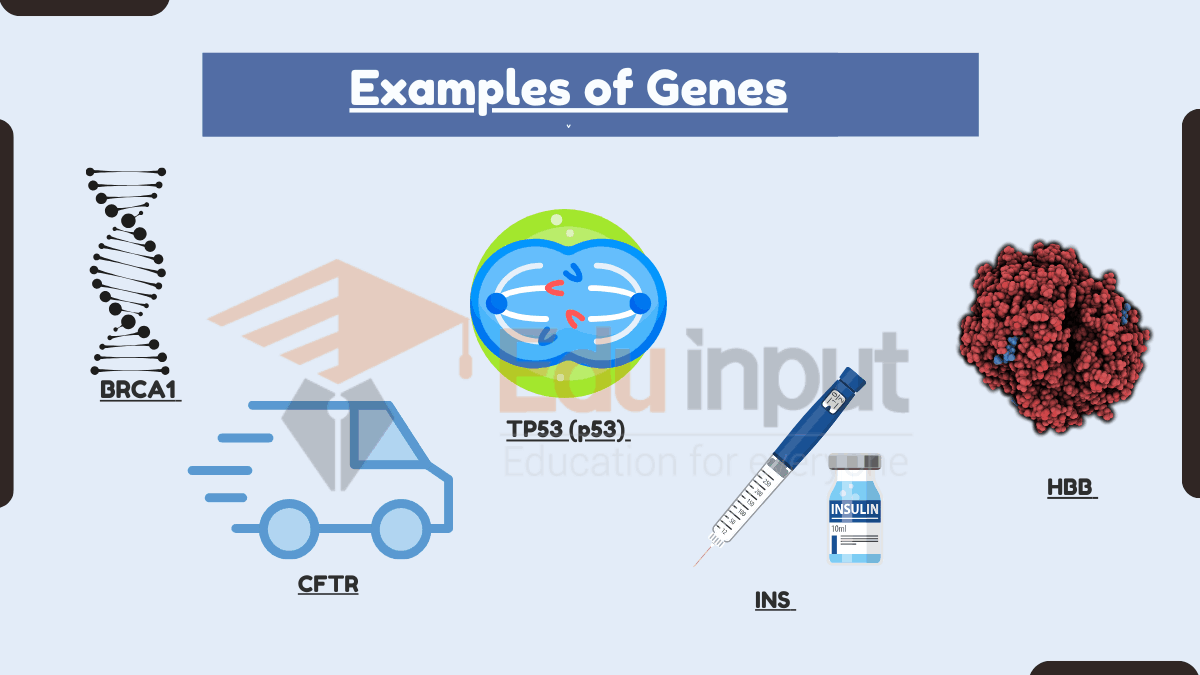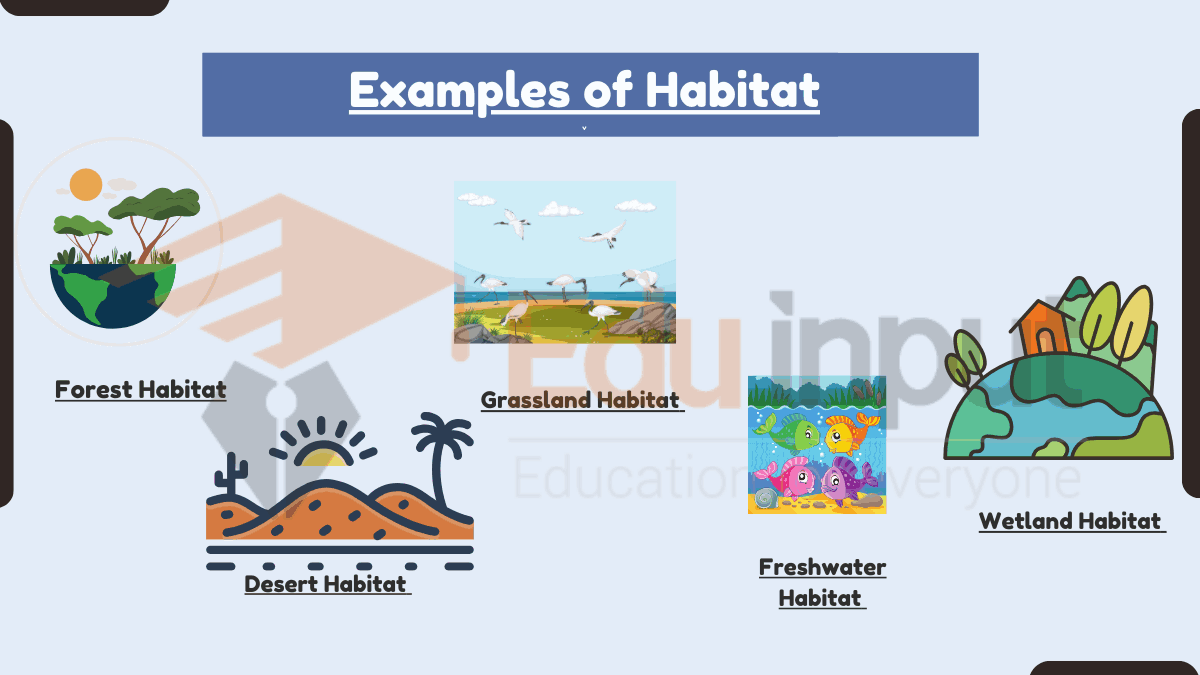15 Examples of Adaptation in Biology
Adaptation in biology is the process by which organisms change over time to better fit their environment. Polar bears, birds, and camels have structural, behavioral, and physiological adaptations to help them survive in their respective environments.
General Examples of Adaptation in Biology
1. Camouflage
Organisms that are camouflaged blend in with their surroundings, making them difficult for predators to see.
2. Mimicry
Organisms that mimic other organisms can trick predators or prey into thinking they are something they are not.
3. Mutualism
Two organisms benefit from each other’s presence. For example, a bee benefits from the nectar of a flower, and the flower benefits from the bee’s pollination.
4. Commensalism
One organism benefits from the presence of another organism, while the other organism is not harmed or benefited. For example, barnacles attach themselves to the shells of whales, and the barnacles benefit from the whale’s movement through the water.
5. Parasitism
One organism benefits from the other organism at the other organism’s expense. For example, a tapeworm lives in the intestines of a human, and the tapeworm benefits from the human’s food, while the human is harmed by the tapeworm.
5 Examples of Structural Adaptations
- The long neck of a giraffe allows it to reach leaves that other animals cannot.
- The sharp claws of a cat help it to catch prey.
- The thick fur of a polar bear helps it to stay warm in cold weather.
- The webbed feet of a duck help it to swim.
- The beak of a hummingbird is long and thin, which allows it to reach nectar from flowers.
5 Examples of Behavioral Adaptations
- Migrating birds fly south for the winter to find warmer weather.
- Hibernating animals sleep through the winter to conserve energy.
- The poison dart frog warns predators of its toxicity with its bright colors.
- The chameleon changes its color to blend in with its surroundings.
- The praying mantis mimics a flower to attract prey.
5 Examples of Physiological Adaptations
- The ability of camels to store water in their humps allows them to survive in dry conditions.
- The ability of frogs to breathe through their skin allows them to live in water and on land.
- The ability of sharks to detect electrical fields allows them to find prey in murky water.
- The ability of some plants to close their stomata during hot, dry weather helps to conserve water.
- The ability of some animals to hibernate allows them to survive cold winters.

 written by
written by 



Leave a Reply